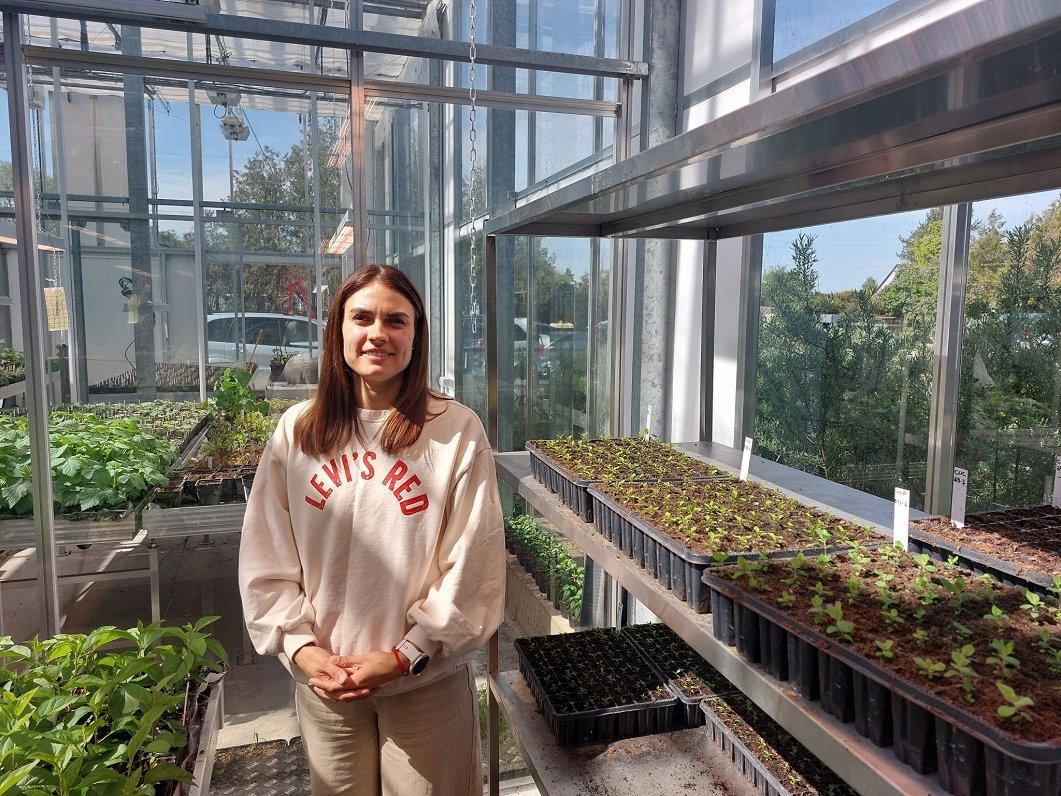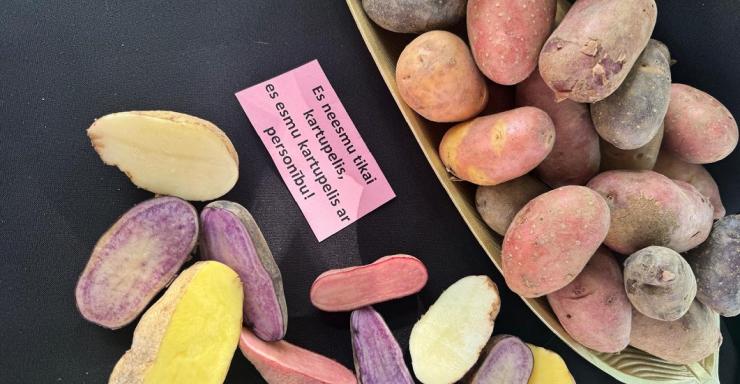Scientists at the Institute of Horticulture have discovered in a large-scale study that St. John's wort can serve as a promising source of vitamin E. This, in turn, creates opportunities for the local pharmaceutical and agricultural industries, as currently vitamin E is mainly obtained from raw materials that would be difficult to grow in Latvian conditions. Having grown St. John's wort for three years on an area of about a hectare, the researchers have also explored the most efficient and "green" ways to grow these plants and extract vitamin E compounds from them.
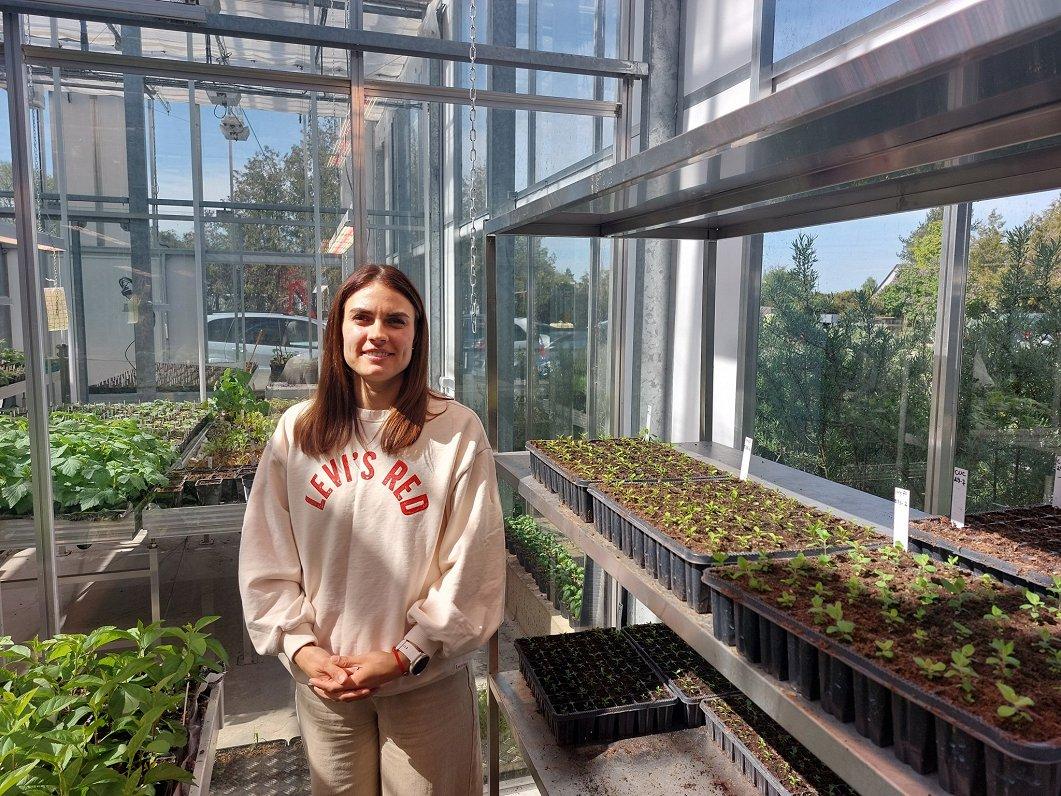
Elise Sipeniece, a research assistant at the Institute of Horticulture, shows a specially dried St. John's wort plant powder grown in the study in the Biochemistry Laboratory, from which researchers are trying to extract or obtain vitamin E compounds. To prepare the research material, they had to do almost a jeweler's job - they had to separate flowers, petals, stems and buds from the plants in order to study how these substances accumulate in all parts of the plant.
Researchers at the institute grew around 40 species of the St. John's wort genus in an experimental field in Dobele to determine those with the highest vitamin E concentration.
We collaborated with more than 100 botanical gardens from around the world and they sent us 340 seeds, of which exactly 41 species were different.
"In the first year, we grew all of them to find out if they could grow in Latvian conditions, and only one was not winter-hardy. Then we screened for tocotrienols, which are one of the members of the vitamin E family, and after this screening, we found that there were four most promising species, on which we conducted further research and already looked at the impact of various environmental conditions on how these vitamin E compounds accumulate in the plant - whether their concentration increases if we grow them in more sunlight or shade, or grow them in the field or in a greenhouse," Sipeniece tells about the research process.
Among the four particularly promising species is St. John's wort, which is used for tea but is considered a weed in many places.
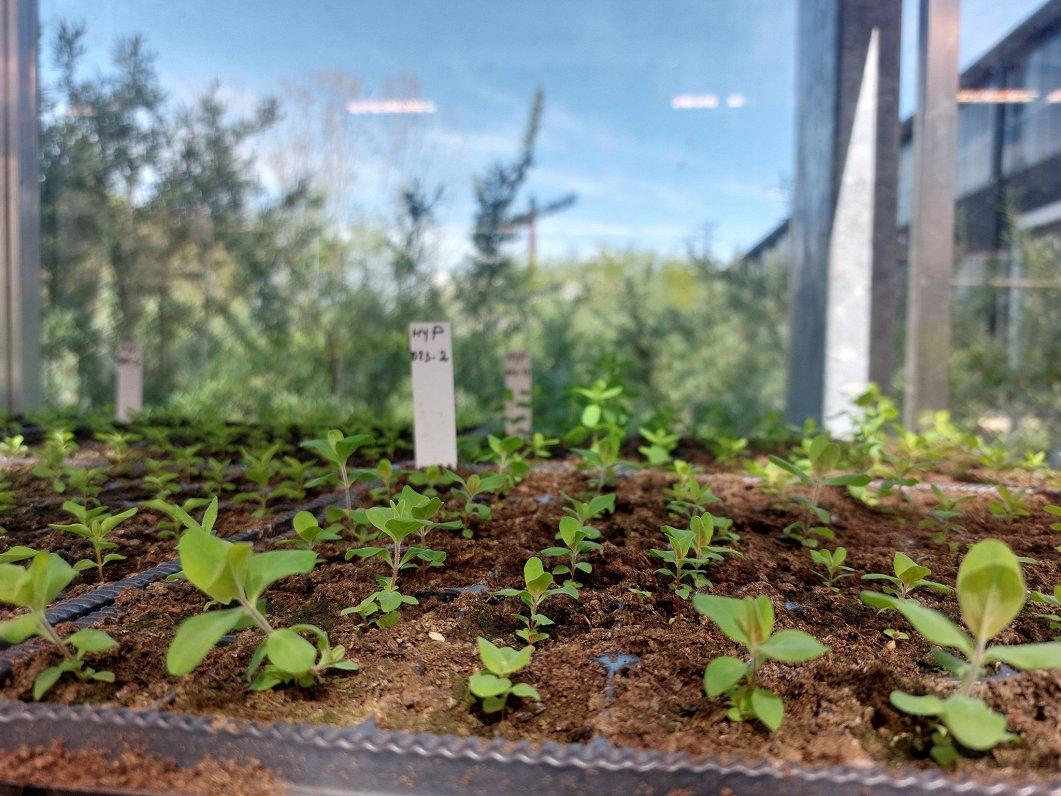
The project also investigated environmentally friendly methods for obtaining vitamin E, and scientists chose St. John's wort for the study, as there is currently little research into alternative sources of vitamin E compounds.
"We know that a lot of vitamin E is found in various vegetable oils, nuts and seeds. There are sources that are of course much richer in vitamin E - such as Annatto seeds or palm oil. Of course, St. John's wort will not be exactly a one-to-one alternative, because the concentration there is not so high, but it is an alternative plant material that simply grows in the field for us," continues Sipeniece.
In the feasibility study, scientists realized that St. John's wort is a promising plant. "In many places it is also grown as an ornamental plant, but it can also be used in this way. We found that in a greenhouse the concentration of vitamin E in the plant will be higher. We also investigated whether the use of various fertilizers can increase the concentration of these compounds, but we concluded that we can reduce the nitrogen and phosphorus content without using mineral fertilizers here, because they do not affect the concentration of vitamin E compounds in plants in any way."
The project, together with a local company, also developed a prototype of a new product with vitamin E compounds obtained directly from St. John's wort.
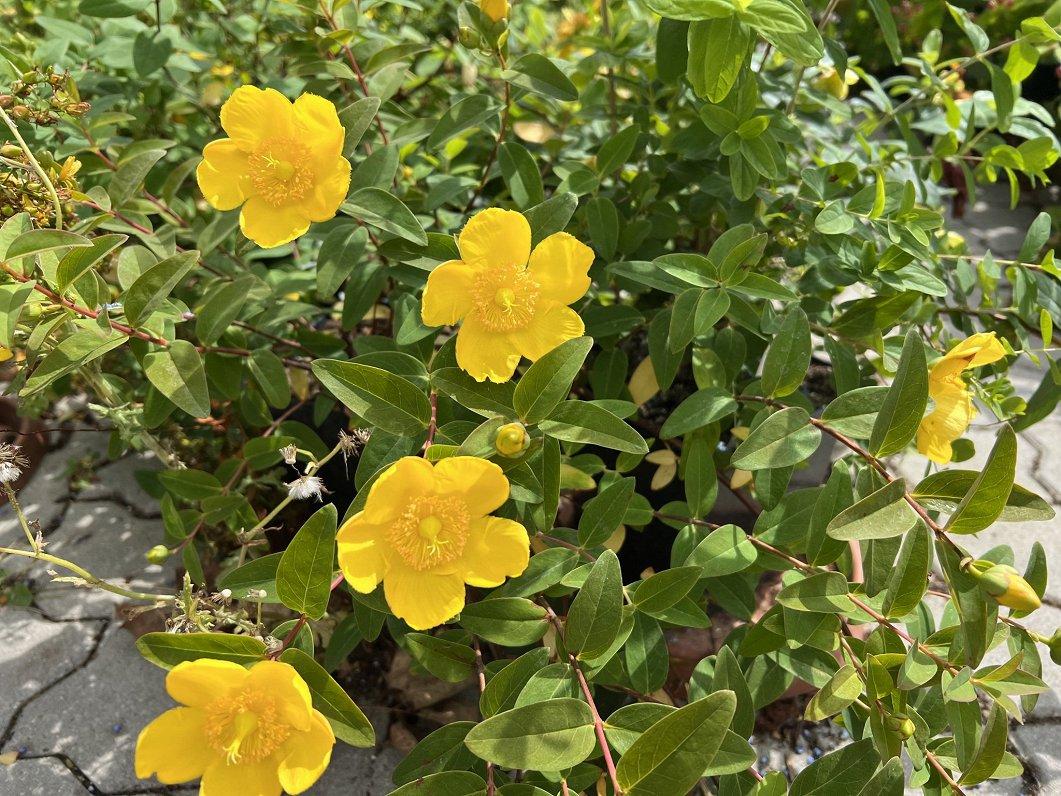
The researcher explains that vitamin E has strong antioxidant properties that protect the human body from free radicals, which are unstable molecules that can damage our cells, and thus make us more susceptible to diseases and infections.
"Information specifically about cultivation, optimal conditions and environmental impact will be of great help to the farmer, as well as to the pharmaceutical industry, because we have also developed a prototype of this extract in collaboration with "SilvEXPO". We obtained the extract directly from hypericum perforatum or St. John's wort, and developed a very rich extract directly with tocotrienol (vitamin E compound). For now, it is in prototype form, so there are further future prospects for creating a nutritional supplement from our own St. John's wort," says Sipeniece.
The Institute of Horticulture is also continuing its research into alternative sources of vitamin E and is currently studying monocotyledons, including bran.
